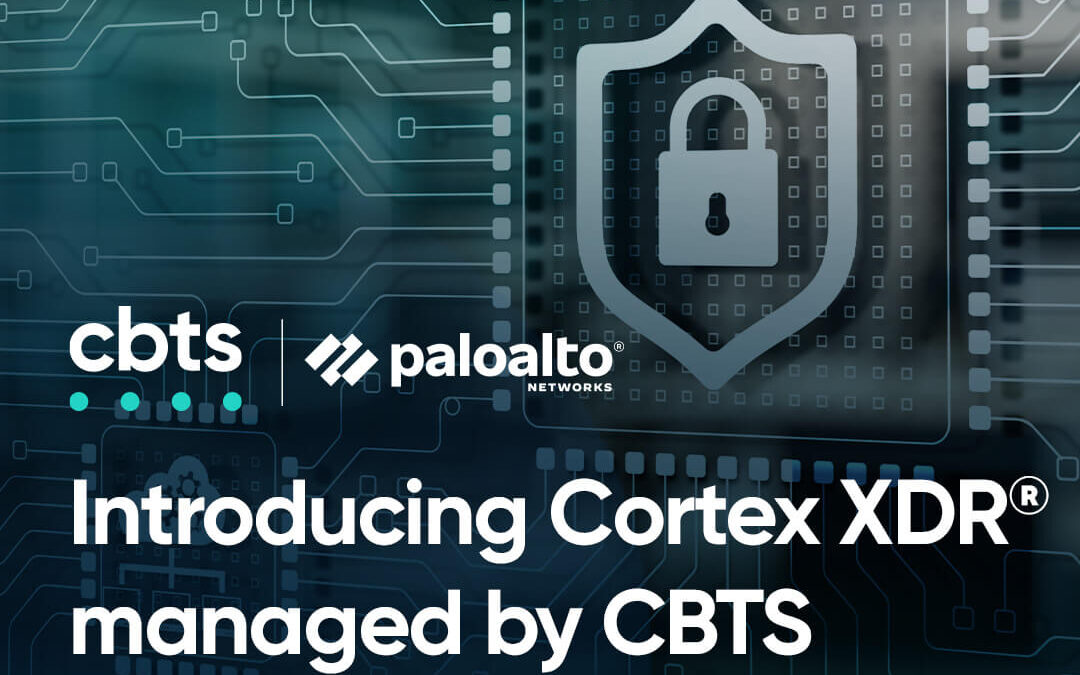
Modern enterprises face security threats on a number of fronts. From DDoS attacks to malware and data theft, no organization is too large or too small to take the issue of security lightly.
While most breaches occur when a hacker penetrates a firewall or intercepts data in transit, this usually occurs after a password is cracked or malicious code is introduced into secure infrastructure willingly. And to do that, most hackers exploit perhaps the most common IT service of all: e-mail.
Crime of opportunity
E-mail’s status as the preferred attack vector of choice is nothing new and has proven to be financially rewarding for actors in the field. Targeted phishing attacks and other scams are typically the easiest way to breach an organization’s defenses, particularly now that security has emerged as a top priority following the much-publicized string of major data thefts in the past few years. Through sophisticated social engineering and messages disguised as those originating from legitimate sources, the cyber underground can circumvent even the most elaborate security regime to gain access to all manner of confidential information or introduce viruses and/or data scraping bots that can operate for months, even years, before they are discovered.
According to the Ponemon Institute, the threat from e-mail-based cyberattacks is growing. The group reports that nearly a quarter of people regularly open phishing e-mail, which in itself does not usually trigger an attack or data theft through ransomware. What’s worrisome is the fact that 10 percent will click on a malicious link or open a weaponized attachment. This means that an attacker has a 90 percent chance of scoring a hit after sending only 10 e-mails. This is in large part why the average business loses some $3.7 million per year to phishing scams.
And this is likely to get worse as the tools available to hackers on the dark web and elsewhere become more advanced. Using modern data mining techniques and AI-driven technology, fake e-mails are becoming increasingly difficult to spot, containing all manner of personal information that can fool even the most vigilant knowledge worker.
Read more: What is Cyber Insurance and do I need it?
Safe and protected
To help shore up vulnerable e-mail infrastructure and fight back against e-mail cyberattacks, CBTS has created the Advanced E-mail Security Services platform. It provides all the necessary filtering to weed out infected spam, fake e-mail, and targeted attacks. At the same time, it delivers enhanced business continuity and cloud options to ensure high availability and continued e-mail service even in the event of a main server failure.
The program provides three tiers of protection designed to meet the unique needs of individual enterprises. These include:
- Business features – a cost-effective, managed e-mail security service that provides the foundational functions needed to run a business while protecting users.
- Advanced features – a complete turnkey service that provides additional Attachment Defense, E-mail Encryption, and Social Media Account Protection.
- Security Pro features – our highest level of protection that adds E-mail Archive & eDiscovery capabilities, plus Unlimited Storage with up to 10 years of data retention with end-user search capabilities.
One of the key aspects of e-mail security is transparency. Without that ability to peer into the workings of the e-mail environment, enterprises are left guessing as to what is happening and what level of risk they are experiencing. As part of its managed program, CBTS provides detailed reports documenting the health of e-mail systems and related security trends that may affect future performance. There is also a read-only access option to the platform, allowing users to view real-time dashboard information of overall system heath. In addition, custom reporting can always be configured to suit unique requirements.
Security solutions should also work quietly behind the scenes, so as not to disrupt critical business functions. All e-mail security services integrate seamlessly into existing CBTS operational processes, including ticket-tracking for issues generated with the security platform, as well as chronic event reporting and incident response up to and including those requiring customer contact.
In this day and age, e-mail is an essential business tool. Without the ability to effectively thwart intrusion, however, it can easily become your biggest problem. By delivering industry-leading software as an integrated managed service, CBTS not only provides world-class protection of critical e-mail assets, but backs it up with certified technical expertise, ongoing monitoring, management, and support, and even data migration as necessary.
With a secure e-mail environment in place, the enterprise not only protects itself but its employees, investors, partners, and perhaps most importantly, its customers. To learn more about CBTS E-mail Security and Data Protection, download the related infosheet.
Contact us for information on how CBTS can help protect your organization from e-mail cyberattacks.




















